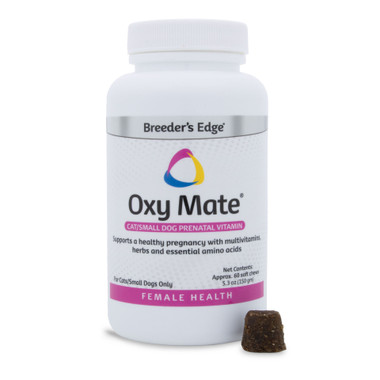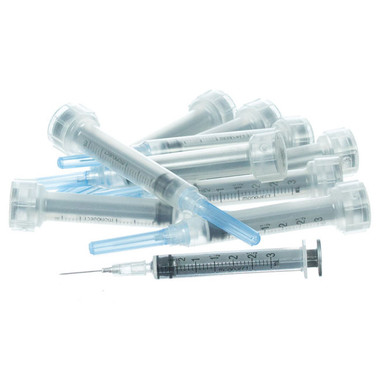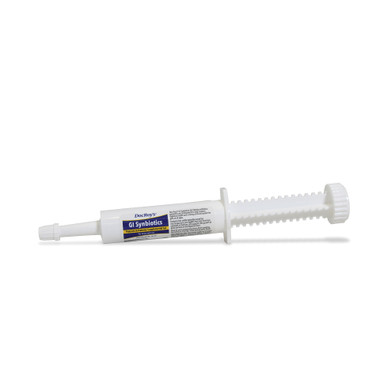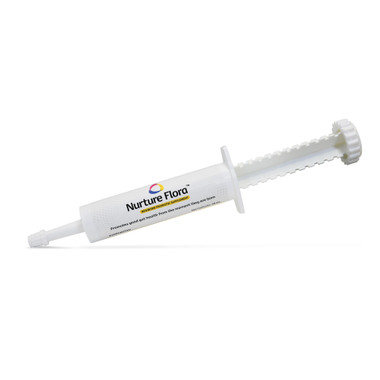Can Dogs Eat Pistachios?
Estimated 0 min read
Pistachios are one of life’s little treats. Their shells are as fun to crack open as the meat inside is tasty. But imagine one afternoon, after you finish cracking open a mound of pistachios, you accidentally spill the whole pile onto the floor.
Your four-legged friend, familiar with the sound of goodies falling on the floor, begins bounding over to scoop those “treats”. What should you do? Let him lap them up and gulp them down? Or quickly replace the fallen pile with a milk bone?
Should You Feed Pistachios to Dogs?
The short answer is maybe, but, probably not.According toDr. Jerry Klein, Chief Veterinary Officer for the AKC, “Though pistachios are not in themselves toxic to dogs, there are concerns with dogs eating large amounts of pistachios.” Even when eaten in moderation, pistachios can give your dog an upset stomach. Larger quantities of the yummy little nut can make your dog quite sick. While not inherently deadly , feeding pistachios to your dog can carry a number of risks including Pancreatitis, and choking.
Are Pistachios Dangerous for Dogs?
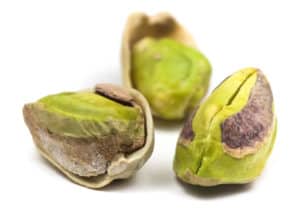
In a “nut-shell,” pistachios are not normally toxic for your dog. But, they can be a risky food to give to your dog. Especially when eaten in large quantities and over an extended period of time.
Pistachios are high in fat (205.6 grams/cup), that’s sixteen times the recommended daily amount for a 33-pound dog! This increase in fat can cause vomiting and diarrhea in dogs. It will also add weight, putting them at higher risk for obesity and related diseases like diabetes, and/or heart disease.
To make matters worse, most store-bought pistachios are processed with large quantities of salt. This may lead to dehydration in your pup. Excessive salt intake can also negatively affect your dog’s ability to retain water. This increases the likelihood of developing kidney complications. In addition, the combination of consuming fatty, salty snacks may put your dog in danger of developing pancreatitis.
Most commercially available pistachios are sold with their shells on. After your dog chews the shells into little shards, these can lacerate your dog’s throat or digestive tract. The number ofpeople searching online for “dog ate pistachio shells” and ”my dog ate a pistachio shell,” is high. Hence, this is a great concern. Eating the nuts/shells can become a choking hazard, so be certain to dispose of any nuts or shells in a dog-proof receptacle.
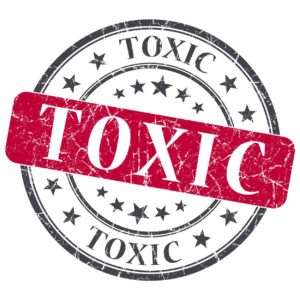
Additionally, pistachios contain a trio of potentially damaging, allbeit natural, elements for your dog. Phosphorus is thought to cause of bladder stones in dogs when ingested in large quantities. Urushiol, also found in poison ivy, can cause the same allergy-like reaction on dogs’ faces and around their mouths. And Aflatoxin, which is organically produced from the mold that sometimes grows on the shells of nuts, carries serious consequences. Now, we’re talking about a case of Pistachio Poisoning for your dog. Read on below:.
What is Pistachio Poisoning?
As with cashews, pistachios nuts can carry Aspergillus moldif they are grownin hot, arid conditions. This mold produces a toxic compound (a mycotoxin) known as Aflatoxin. Consumption of Aflatoxin can cause your dog to become sluggish and weak, but also cause gastrointestinal upset, and even seizures. Aflatoxins are among the most poisonous forms of mycotoxins.
The symptoms of gastrointestinal upset will include:
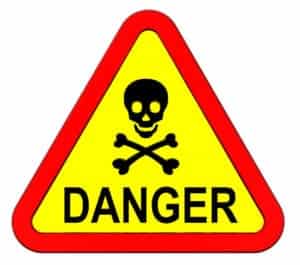
- Loss of Appetite
- Jaundice
- Lethargy
- Vomiting
- Orange-colored urine
- Liver failure
- Pancreatitis
How to Treat Pistachio Poisoning in Dogs
If you suspect that your dog is suffering from pistachio poisoning, take himstraightto the vet. Once there, your vet will likely perform a physical examination, chemical profile, and a complete blood count to check for diseases or toxins such as Aflatoxin.

Additionally, x-ray or ultrasound imaging may be taken of your dog’s abdomen to determine whether there has been an enlargement of the pancreas or heart.
Once a diagnosis of pistachio poisoning has been made, your vet may focus on providing immediate relief from symptoms. This can include providing IV fluids for dehydration, prescribing medications for pain and nausea, and Vitamin K for potential liver damage.
If your dog was presenting with intense vomiting before diagnosis, your vet may recommend you withhold feeding by mouth, This will aid in the healing of the pancreas. Supplementation of pancreatic enzymes may also be prescribed to relieve abdominal pain.
Dogs who develop pancreatitis from pistachio poisoning will likely be recommended to follow a low-fat, high-fiber diet for the rest of their lives. This is serious stuff!!
What to Do if Your Dog Eats Pistachios
First thing’s first: you need to assess the amount of pistachios your dog ate relative to her size. If your pup is of toy size and just ate an entire bowl of pistachios, you should get her to a vet…Pronto! But if your dog is a full-grown Rottweiler and ate two of the nuts, just wait and observe how they feel over the day.

Regardless of their size, if your dog has eaten a pistachio that still had its shell on, you’ll want to closely monitor them. You want to make sure they don’t present signs of a throat or bowel obstruction.
If your dog develops any complications associated with gastrointestinal distress after eating pistachios, don’t wait for it to get worse, consult withyour veterinarian without delay!
Of course, you already know to be cautious when it comes to your dog’s health – otherwise you wouldn’t be reading this blog! That’s why we hope you’ll come back to ourblogto learn more about how to keep your four-legged friend happy and healthy. If on the other hand, you are interested in how to maintain yourdog’s nails/claws, we cover that too. Interested in more quirky items such ashow long can a dog go without peeing, yep, we’ve got that covered









